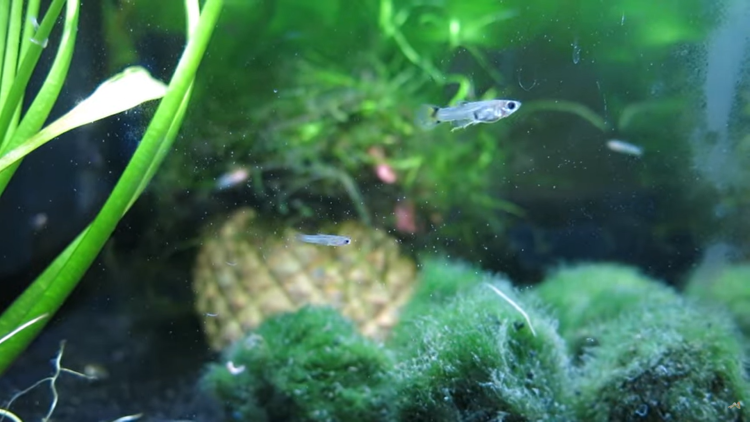Simply Sexing: Celestial Pearl Danios: How to Tell Make From Female for Breeding
- Oct 13, 2024
- Anshika Mishra
- 92 0 0

In this article, we'll learn how to tell the gender of your Celestial Pearl Danios. This could be used for breeding or just to figure out the balance of your group.
Either way, these charming little Danios are easy to have sex from about five months of age, when their sexual characteristics have started to show clearly. Before that, you can still attempt to have sex with them, but as they get younger, you will find your chances of accurately doing so will get lower. Therefore, waiting until your fish have developed their adult colors is best.
Males
Color is undoubtedly the first thing you will look for when deciphering the gender of your fish. Males are much more brightly colored than females and incredibly dominant in the groups. These will have a nice, dark, bluish-slate-gray body color and distinct cream-colored, nicely rounded spots covering their flanks.
Females
While females tend towards more of an olive base color, their spots are not as well defined as those of the males. They will join together, forming elongated ovals and short lines rather than the very distinct rounded spots we see in the males.
Distinguishing the Fishes
Both males and females have orange and red-colored dorsal and anal fins. But those on the males are much more brightly colored and tend to be slightly longer, especially as the fish ages. Some males have a very brightly colored tail, but some don't, so it's not something you can rely on. Same with females, some have, and some don't.
Males will also have a red belly, while females tend to be more white or creamy shade. It can be the same olive colors as her flanks. Some females can have colored anal, whereas, in males, this can be a nice red solid color.
Both sexes are fairly streamlined in shape. The females do not develop the very rounded abdomens that we see on barbs and tetras because they are a daily-laying species. So, eggs do not build up inside females.
Both will spar for a position in the social group, but males do it much more frequently as they show off to competition. These fights can continue for a few minutes, but no harm will be done. Both males and females can be kept together and live happily together.
Having slightly more females is preferable since males can be harassed in the morning when they try to lay their eggs. Having more females keeps things calmer.







About author